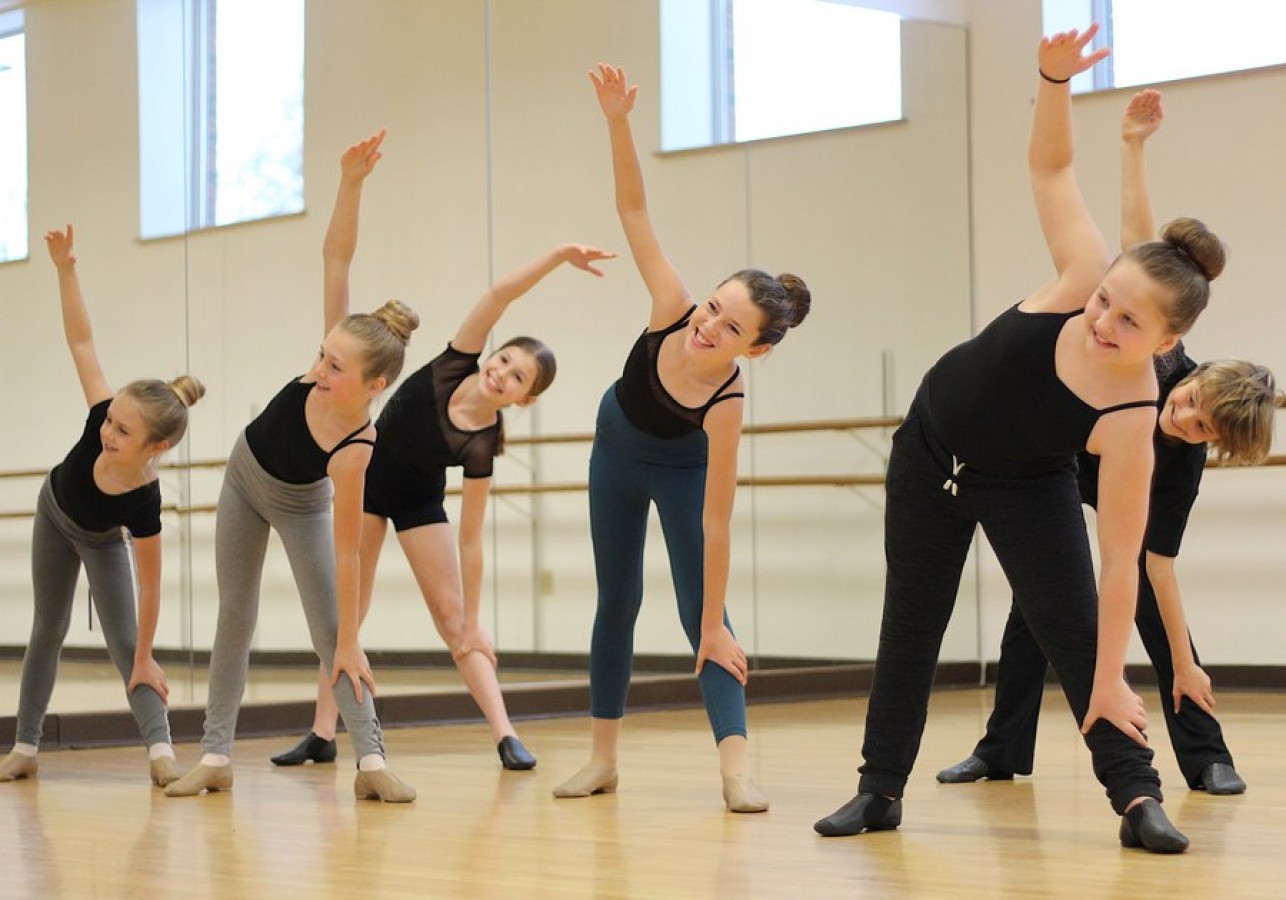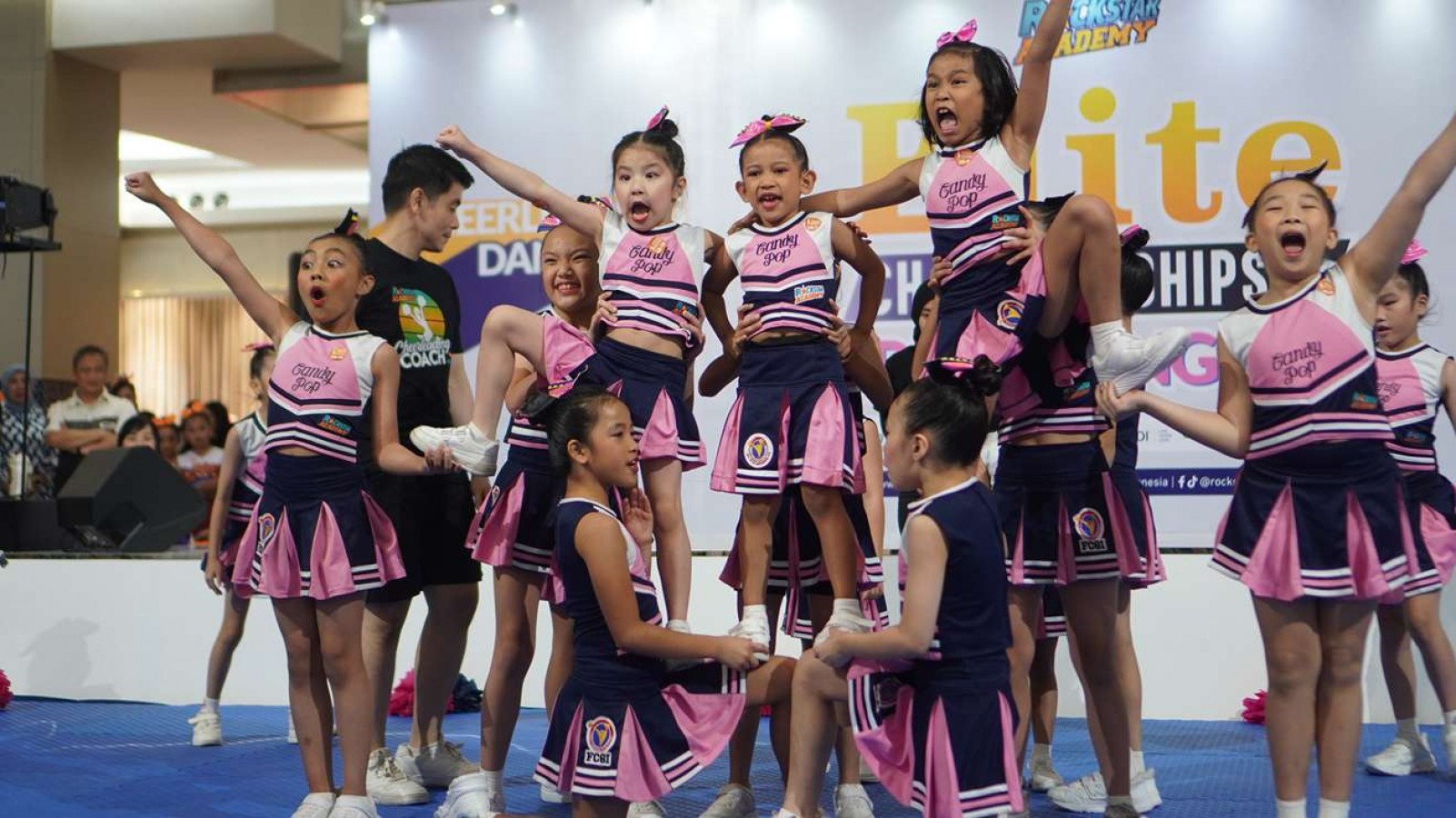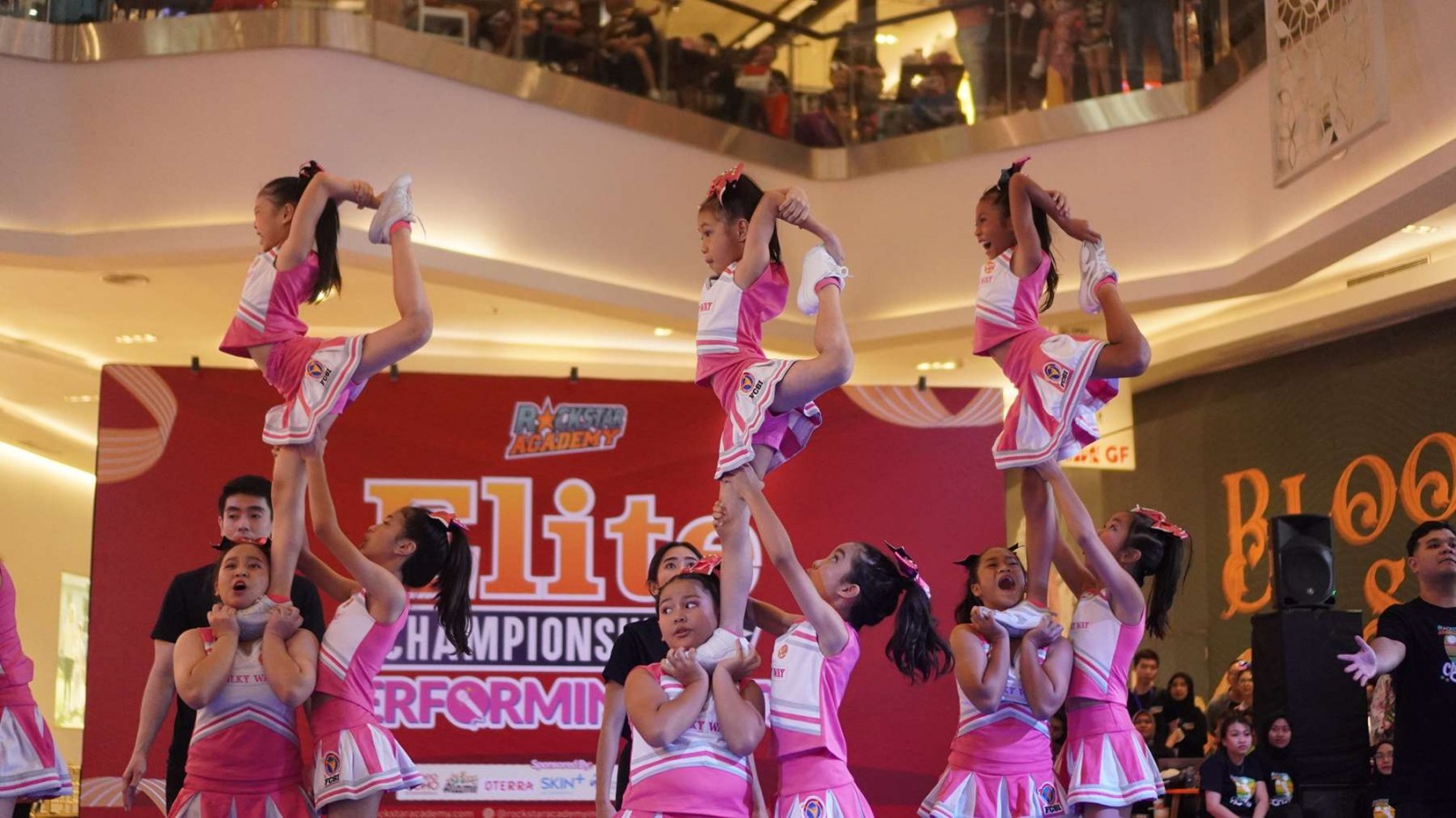Dance Warm Up Tips and Why It Is Important To Do

Dance demands not only skill and passion but also a body ready to meet its physical demands. One crucial element that contributes to a dancer's readiness is the dance warm up.
This pre-performance routine is more than just a series of stretches, it's a fundamental aspect that prepares the body and mind for the challenges ahead. In this article, we will explore the significance of dance warm-up and provide essential tips to enhance your warm up routine.
What is Warm Up?
A warm-up is a preparatory phase of physical activity that involves engaging in light exercises and activities before undertaking more intense or strenuous movements. The primary purpose of a warm-up is to gradually increase the heart rate, elevate body temperature, and stimulate blood flow to the muscles.
This process helps to enhance the flexibility and responsiveness of muscles, joints, and other connective tissues, making them better equipped to handle the physical demands of subsequent, more intense activities.
Why Warm Up Before Dancing Is Important?
Warming up before dancing is a fundamental practice that offers numerous benefits, ensuring a safer and more enjoyable dance experience. Here are key reasons highlighting the importance of warming up before hitting the dance floor:
A. Injury Prevention
One of the primary reasons to warm up before dancing is to reduce the risk of injuries. Cold muscles and stiff joints are more prone to strains, sprains, and other injuries. A proper warm-up increases the body's temperature, making muscles more flexible and responsive, thereby decreasing the likelihood of injuries.
B. Improved Flexibility
Dance often requires a wide range of motion in various joints. Warm-ups that include dynamic stretching help improve flexibility, allowing dancers to move more freely and execute dance steps with greater ease. Enhanced flexibility also contributes to better overall dance performance.
C. Increased Blood Flow
Engaging in a warm-up routine increases blood flow to the muscles, which delivers more oxygen and nutrients. This improved circulation helps muscles function optimally and reduces the likelihood of muscle fatigue during a dance session.
D. Enhanced Performance
Warming up significantly contributes to improved performance during dance, a critical factor in the dance competitions like Dance Recital, Activity Elite Championships and RockOlympics. Warmed-up muscles contract and relax more efficiently, allowing dancers to execute movements with precision, control, and fluidity.
8 Example of Dance Warm Ups
Dance warm-ups should be dynamic and tailored to engage the specific muscle groups used in dance movements. Here are some examples of effective dance warm-ups:
1. Jumping Jacks
Jumping jacks are an effective cardiovascular warm-up exercise that engages the entire body. Performing jumping jacks increases the heart rate, promoting better blood circulation.
This helps warm up the muscles and prepares them for more dynamic movements in dance. The rhythmic nature of jumping jacks also contributes to improved coordination.
2. Leg Swings
Leg swings target the lower body, specifically the hips and hamstrings. This dynamic stretch helps increase flexibility in the hip joints and improves range of motion.
By gently swinging each leg forward and backward, dancers can enhance their leg flexibility, which is essential for executing various dance movements with precision and grace.
3. Lunge Stretches
Lunges are effective for stretching and strengthening the muscles in the legs, hips, and thighs. Incorporating dynamic lunge stretches into the warm-up routine helps improve flexibility in the hip flexors and quadriceps.
This is particularly beneficial for dance styles that involve deep lunging or kicking motions.
4. Heel Raises
Heel raises focus on the calf muscles and ankles. This exercise involves lifting the heels off the ground, promoting strength and flexibility in the calf muscles.
Strong and flexible calf muscles are vital for stability and balance during dance movements, especially those that involve jumping or landing on the balls of the feet.
5. Hip Swings
Hip swings target the hip muscles and help improve hip mobility. This dynamic movement warms up the hip joints and surrounding muscles, enhancing flexibility for dance styles that require hip movement, such as Latin or hip-hop dance. Improved hip mobility contributes to smoother and more fluid dance execution.
6. Neck Turns
Neck turns are gentle stretches for the neck muscles which promote flexibility and reduce tension. Warming up the neck is essential, especially in dance styles that involve head movements or turns. This exercise helps prevent stiffness and enhances the dancer's ability to execute various head motions with ease and control.
7. Shoulder Rolls
Shoulder rolls are an effective warm-up for the upper body. Roll the shoulders in circular motions, both forward and backward.
This exercise helps lubricate the shoulder joints and reduces tension in the neck and upper back, and prepares the upper body for various arm movements in dance.
8. Circles Around the Ankles
Circles around the ankles focus on ankle mobility and stability. Rotating the ankles in circular motions helps warm up the joints and surrounding muscles. It is crucial for movements like pivots, turns, and footwork.
Improved ankle flexibility contributes to better balance and control during dance sequences.
Let the Rhythm Start With a Proper Warm Up Today!
Dancers who prioritize warm-up exercises experience improved flexibility, enhanced performance, and a reduced risk of injuries. So, treat your warm-up as an essential part of your dance practice, and watch how it positively impacts your abilities and enjoyment of this beautiful art form.
For those seeking an exciting journey into the world of dance and performance, Rockstar Academy's dance class is an opportunity not to be missed. This Sports & Performing Arts Academy has carved a niche for itself, providing a nurturing and dynamic environment for aspiring dancers.
Additionally, the free trial dance class at Rockstar Academy not only serves as an excellent introduction to their innovative teaching methods but also as a testament to their commitment to fostering talent. Sign up for Rockstar Academy's free trial dance class today and let your journey to artistic excellence begin!
FAQ
1. How long should a dance warm-up session last?
A dance warm-up should typically last around 10 to 15 minutes, providing sufficient time to gradually increase heart rate, body temperature, and flexibility.
2. How often should dancers warm up before practice or performance?
Dancers should warm up before every practice or performance, regardless of frequency, to consistently prepare the body for the physical demands of dance.



